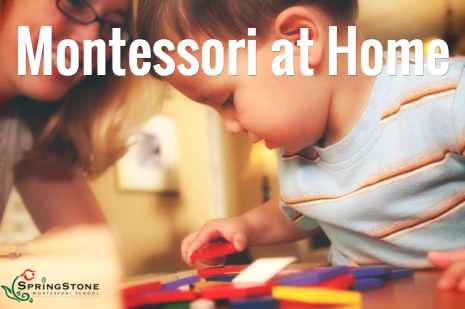Montessori Family-Style Dining Explained
Family-Style Dining in the Montessori Classroom Explained
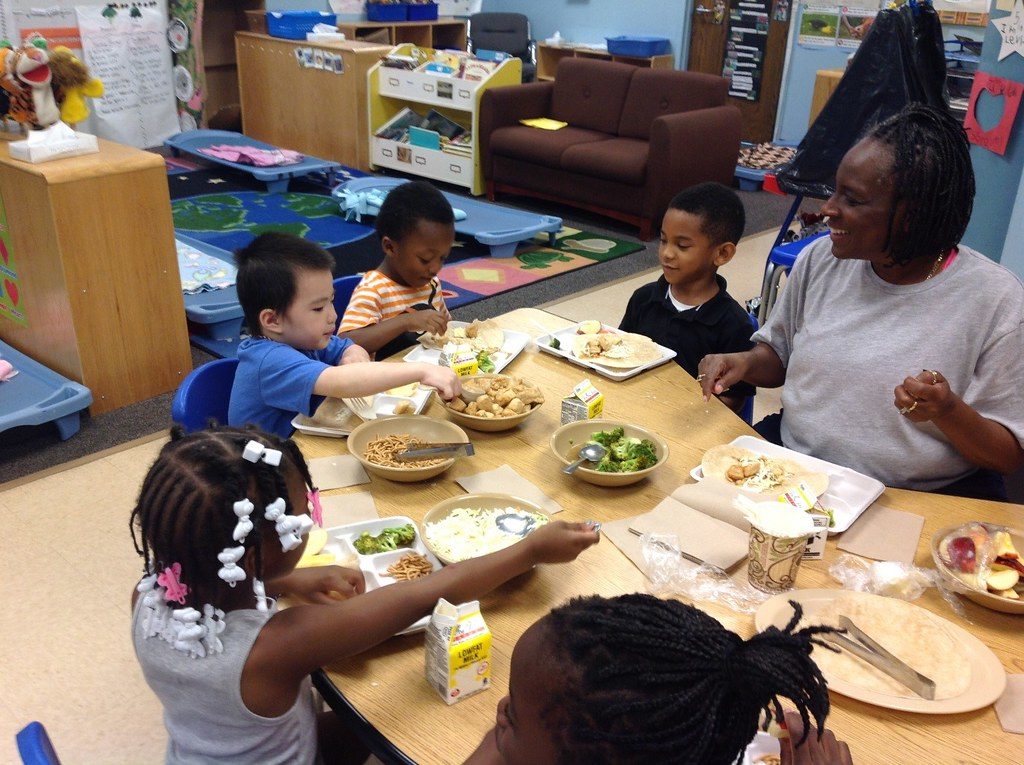
The classroom community in the Montessori learning environment represents a family of teachers and children who care to learn, eat and grow together. Family-style dining is an important practice for all meals in the Montessori classroom, and it is much more than just enjoying meals together. We encourage our families to incorporate this concept at home as well, so please read on!
What is Family-Style Dining?
It is an endeared practice followed for mealtimes in an Early Childhood Montessori learning environment. Family-style dining offers a great opportunity for children to work together to prepare for mealtimes, serve their meals and enjoy mealtime conversations with each other, as well as assist in the clean-up process.
Here are some important aspects of Family-style dining!
We take pride in our beautiful and peaceful environment for eating
It is important to set the stage for meals together, and all children in an Early Childhood Montessori learning environment eat in their classrooms with their friends and teachers. Children sit together during mealtimes, and they play an integral role in the setup and clean-up rituals, taking responsibility and pride in maintaining their learning environment in a neat and orderly manner after each meal.
Practicing table manners
Family-style dining is a great opportunity for everyone sharing meals together to practice good table manners. It includes a routine to start the meal together once everyone is seated, ask for seconds, take ‘no thank you bites’ and ask to be excused when you are finished with your meal. It is also a great opportunity to practice using mealtime utensils properly.
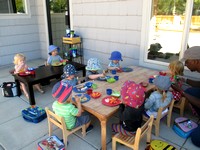
Mealtimes conversations
In a Montessori environment, we value the spontaneous conversations that develop at mealtimes. Children share in conversations that may involve the food, adventures from the weekend, or any other topic the children may think to share. You never know where the conversations may take you, and it is a great opportunity for everyone to learn new words and boost their wealth of vocabulary.
Children use breakable materials
Children are taught to handle materials in a respectful and careful manner, and they take great pride in helping in their classroom. Mealtimes are their favorite activity to assist their teachers. Children volunteer as ‘Lunch Helper’ and help set the table. Children eat off real plates and drink from breakable cups. They also practice pouring from pitchers.
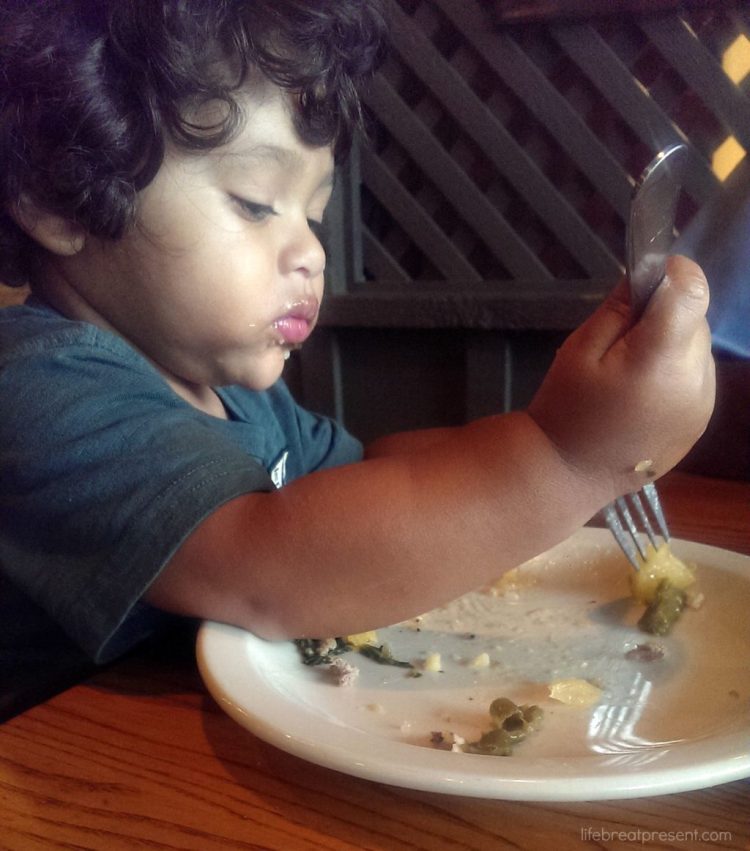
Children as young as 18 months of age can learn to treat breakable objects with respect. With some guidance and careful observation, children learn to gauge the weight of these breakable items and learn how to carefully and properly position them on the table.
When we empower young children to handle real materials carefully, we create a foundation of care and responsibility that will last a lifetime.
Cleaning up is part of daily education
Spills are a normal part of the school day – when they occur, children learn to wipe them up. Children are expected to learn to serve food and pour for themselves in a Montessori classroom.
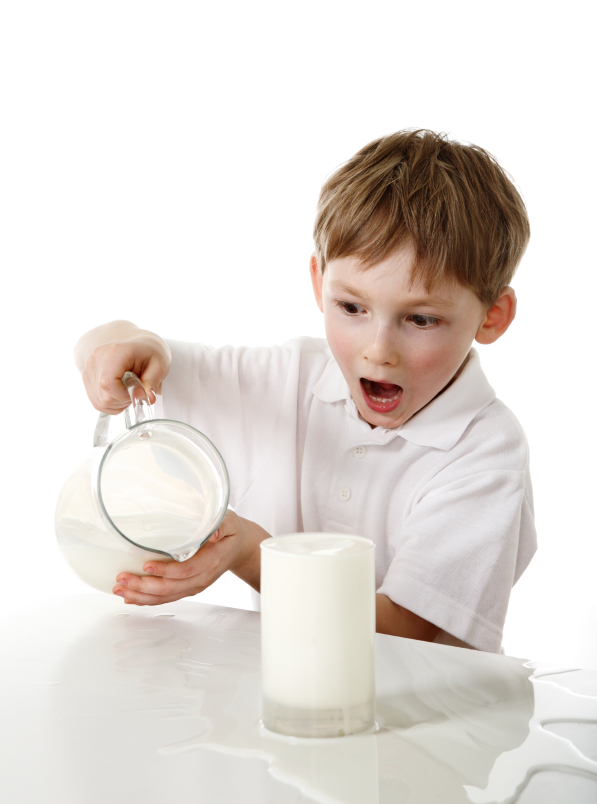
When children spill, instead of getting angry, teachers may say the child’s name to address them, and then something like, ‘What do we need to do when we spill something?” The child gets a rag and begins cleaning up, and the teacher assists as needed. Many times, when a spill occurs, several children are ready to help their friend to clean up the spill.
Through this process, children learn that it is natural and normal to make mistakes. This process helps cultivate experimentation, develops hand-eye coordination and builds self-esteem.
We hope you will enjoy Family-style dining the Montessori way at home!

